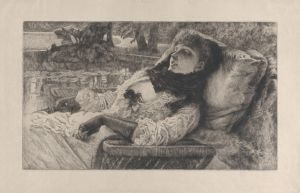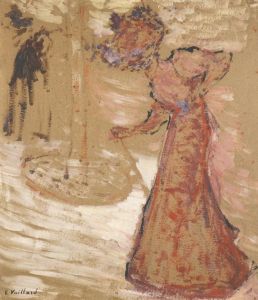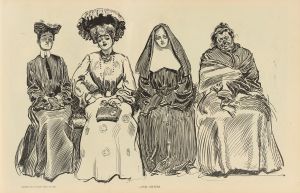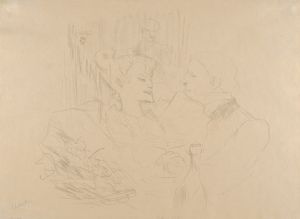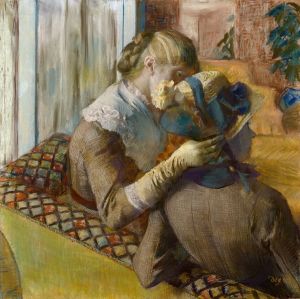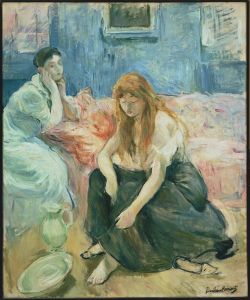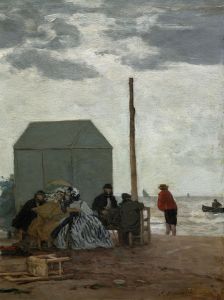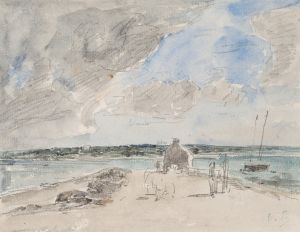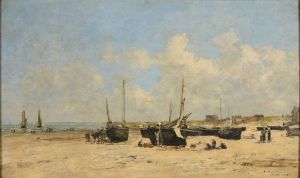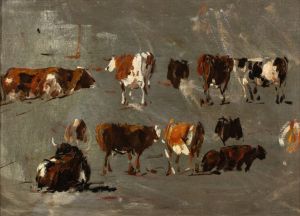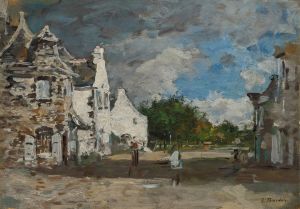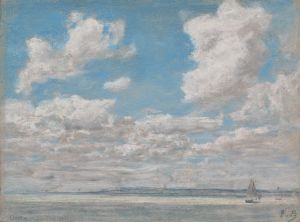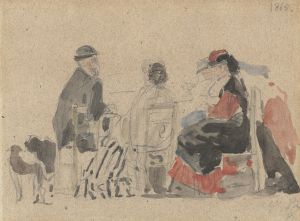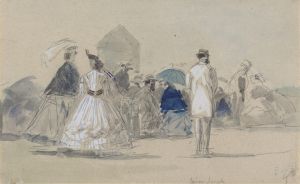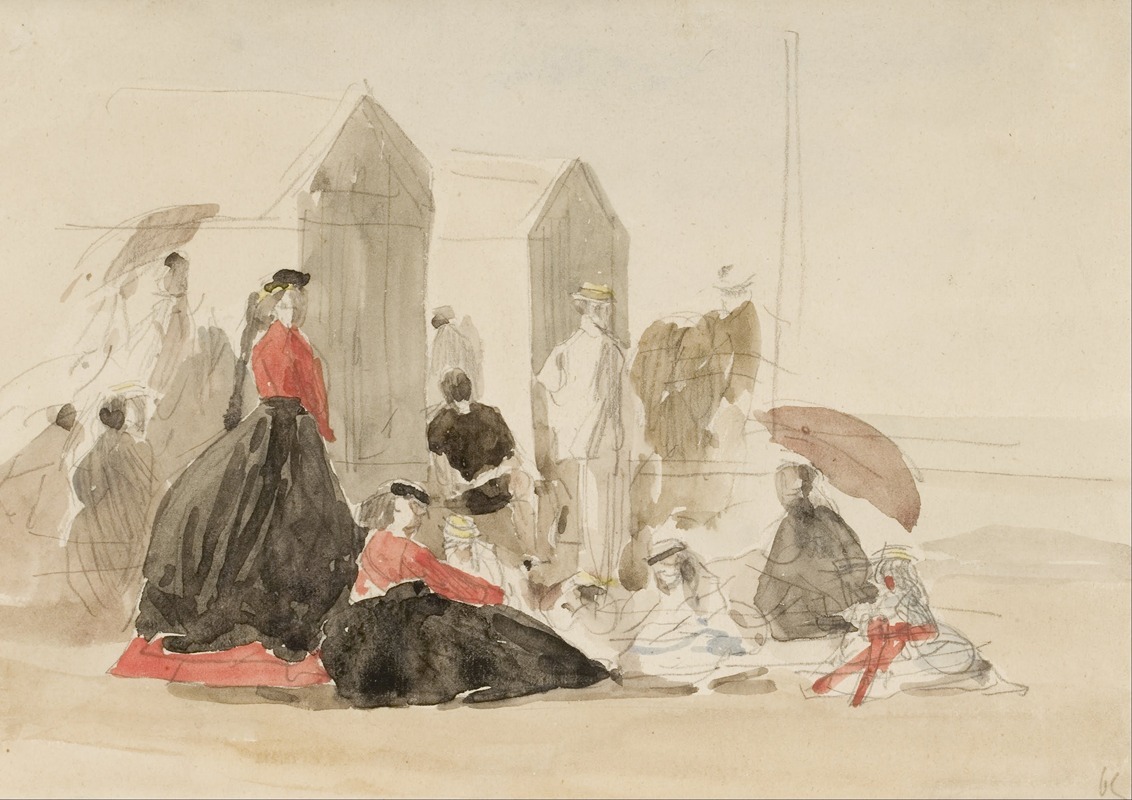
Crinolines and Cabins
A hand-painted replica of Eugène Boudin’s masterpiece Crinolines and Cabins, meticulously crafted by professional artists to capture the true essence of the original. Each piece is created with museum-quality canvas and rare mineral pigments, carefully painted by experienced artists with delicate brushstrokes and rich, layered colors to perfectly recreate the texture of the original artwork. Unlike machine-printed reproductions, this hand-painted version brings the painting to life, infused with the artist’s emotions and skill in every stroke. Whether for personal collection or home decoration, it instantly elevates the artistic atmosphere of any space.
Eugène Boudin, a prominent French painter known for his seascapes and beach scenes, created the painting "Crinolines and Cabins" during the 19th century. Boudin was a pioneer in capturing the leisure activities of the bourgeoisie along the coastlines of France, particularly in Normandy. His works are characterized by their atmospheric effects and the depiction of light, which later influenced the Impressionist movement.
"Crinolines and Cabins" exemplifies Boudin's fascination with the seaside and the social dynamics of his time. The painting likely portrays a beach scene, a common subject in Boudin's oeuvre, where elegantly dressed figures in crinolines, a popular fashion of the era, are depicted enjoying the seaside. The presence of cabins suggests the temporary structures often used by beachgoers for changing and shelter, highlighting the recreational aspect of the coastal environment during this period.
Boudin's technique involved painting en plein air, or outdoors, which allowed him to capture the transient effects of light and atmosphere with immediacy and freshness. This approach was innovative at the time and laid the groundwork for the Impressionists, who admired and were influenced by Boudin's dedication to painting directly from nature. His ability to render the nuances of the sky and sea with subtle color variations and fluid brushwork is evident in his beach scenes.
The painting reflects the cultural and social shifts of the 19th century, where the seaside became a fashionable retreat for the middle and upper classes. The development of railways made coastal areas more accessible, leading to the popularity of beach resorts. Boudin's work captures this transformation, documenting the leisurely pursuits and evolving social customs of his contemporaries.
Boudin's influence extended to notable artists such as Claude Monet, who regarded him as a mentor. Monet's own exploration of light and color owes much to Boudin's pioneering methods. "Crinolines and Cabins" is a testament to Boudin's role in the transition from traditional landscape painting to the modern approaches that defined Impressionism.
Today, Boudin's works, including "Crinolines and Cabins," are appreciated for their historical significance and artistic innovation. They offer a glimpse into the lifestyle and fashion of the 19th century, as well as the natural beauty of the French coastline. His paintings are held in various collections worldwide, celebrated for their contribution to the development of modern art.
While specific details about "Crinolines and Cabins" such as its exact date of creation or current location may not be widely documented, the painting remains an important part of Boudin's legacy. It exemplifies his skill in capturing the essence of a moment and the interplay of light and atmosphere, qualities that continue to resonate with audiences today.





